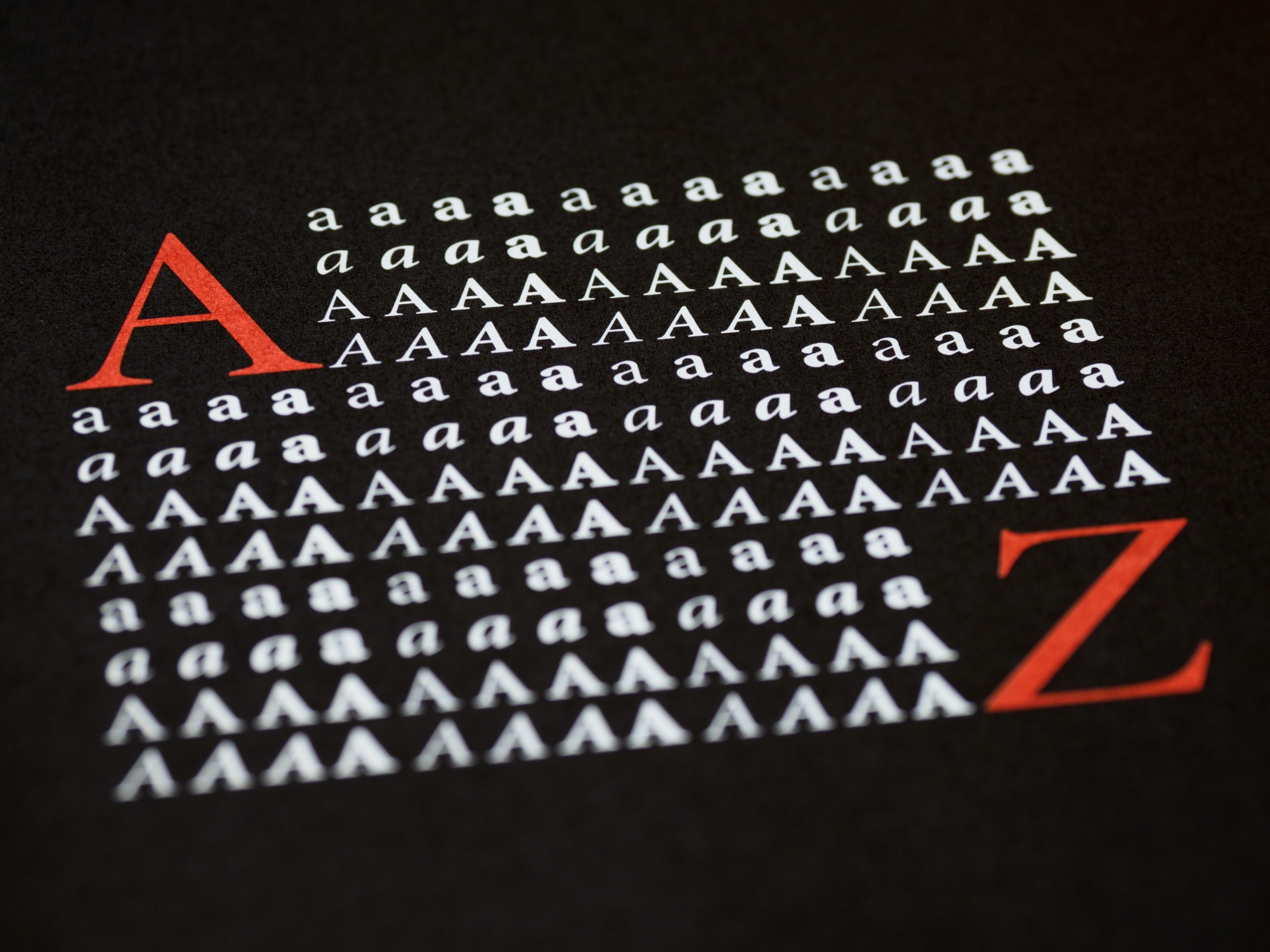Atkinson Hyperlegible: The Accessible Typeface


Sight loss exists on a spectrum; it has varying causes and the effects can differ greatly from person to person. For people with partial vision or reading difficulties like dyslexia, the readability of certain fonts may be an issue when interacting with written content in digital media.
Screens and browsers allow zooming in on text, which is a big advantage over printed media. However, not all fonts were planned with clarity over aesthetic design in mind, and visually-impaired users may still face problems with the appearance of text.
The Atkinson Hyperlegible font was developed by Applied Design Works studio in collaboration with the Braille Institute, as part of the Institute’s rebranding in 2019, the 100th year anniversary of their founding.
The main goal the creators had in mind was reconciling aesthetics with readability and functionality. Atkinson Hyperlegible’s shapes (particularly for similarly-shaped letters, like uppercase i and lowercase l, or uppercase B and number 8) were designed to be easily distinguished from one another, and several of its elements evoke the dots that are the basis of the Braille writing system.
The name was chosen in honour of J. Robert Atkinson. A cowboy in the late 19th century, he went blind after a gunshot accident. He then learned how to read and write with the Braille system, but found himself disappointed at the few books available in Braille. Atkinson spent many years transcribing texts into Braille format, a feat which got him philanthropic funding for the Universal Braille Press – which later became the Braille Institute of America. Hyperlegible refers to the font’s aim: making text easier to read.
While screen readers are one of the staples of digital accessibility for people with visual impairments, the Atkinson Hyperlegible font can provide an added layer of accessibility. This is only one of the many tools that can be used to make digital content more inclusive of people with disabilities. For specialised assessment and solutions, the IA Labs team is here to help.